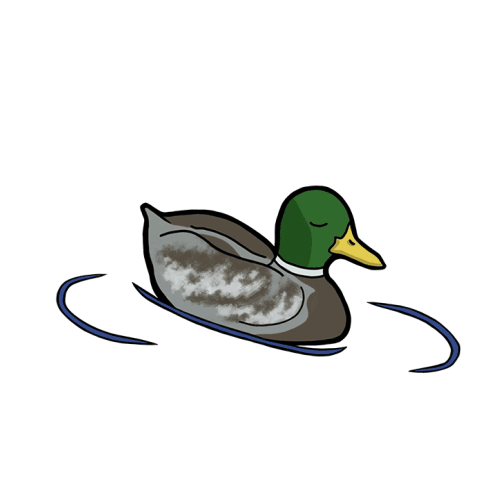Letter to the Editor: Reconsider Willamette's Spring Break Timing
- Collegian staff
- Mar 16, 2023
- 3 min read
Submitted by Paul Diller

I appreciated Jimmy Simpson’s thoughtful column on student burnout in the March 6, 2023, Collegian, but he does not mention what is usually the longest stretch of all at Willamette: from the commencement of spring semester classes in mid-January to spring break in late March. Due to a longstanding policy, the university times its spring break — across all schools — to coincide with the spring break offered by the local public school district. That spring break also happens to be the de facto “statewide spring break” observed by the vast majority of higher education institutions and public and private schools in Oregon. The impetus for syncing Willamette’s spring break with the local school district’s, as I understand it, was to allow faculty and staff to enjoy the break with their children and alleviate the need for additional child care for that week. One unfortunate consequence of this policy, however, is that spring break comes lopsidedly toward the end of the term. Most universities in other states time spring break to come at a midpoint of spring semester classes. At WU’s law school this year and almost every year, by contrast, spring break comes approximately ten weeks into a thirteen-week semester. (Several years ago it sometimes came eleven weeks into a thirteen-week semester.) Calculating on the basis of class days, Law’s spring break this year will arrive more than 75% of the way through the semester. If one extends the denominator of the semester to include the exam period at the law school, spring break arrives 66% of the way through. The percentages are similar for CAS, though slightly tempered by CAS having one additional week for exams. This long amount of time between breaks is likely a source of the kind of student — as well as faculty and staff — burnout Simpson identifies.
Another consequence of the university’s strict adherence to the statewide spring break is that it takes no account of religious holidays that are important to many members of the WU community. This year Passover begins the Wednesday after spring break, and Western (Latin) Christian Holy Week occurs that week as well, with Good Friday a normal class day and Easter the Sunday after. This timing makes it exceedingly difficult for faculty, staff, or students to travel out of town for an extended period of time for these holidays. If spring break included Passover and Easter, which often but do not always overlap, it would be much easier to incorporate them into travel during that time, or to host out-of-town visitors.
This year and last year CAS mitigated the lateness of spring break by observing a two-day “mid-semester” break that includes Presidents’ Day, a federal and state holiday during which the local public schools are closed. Next year’s academic calendar, however, currently shows no such break for any WU school.
At least two private institutions of higher learning in Oregon — Reed College and the University of Portland — observe spring breaks that are different from the statewide spring break and from those of the public schools in their community. This year Reed’s spring break occurs March 13-17, seven weeks into a thirteen-week semester of classes. UP’s spring break is March 6-10, which is exactly midway through their fourteen-week semester of classes. UP, reflecting its Catholic affiliation, also observes a short Easter break that includes Good Friday and Easter Monday, thus making it easier for faculty, students, and staff to travel out of town for the holiday.
The university administration no doubt has good reasons for keeping Willamette’s spring break linked to the Salem-Keizer School District’s, but Simpson has highlighted the increased burnout that may result from this approach, particularly if not tempered by a mid-February break.

Comments